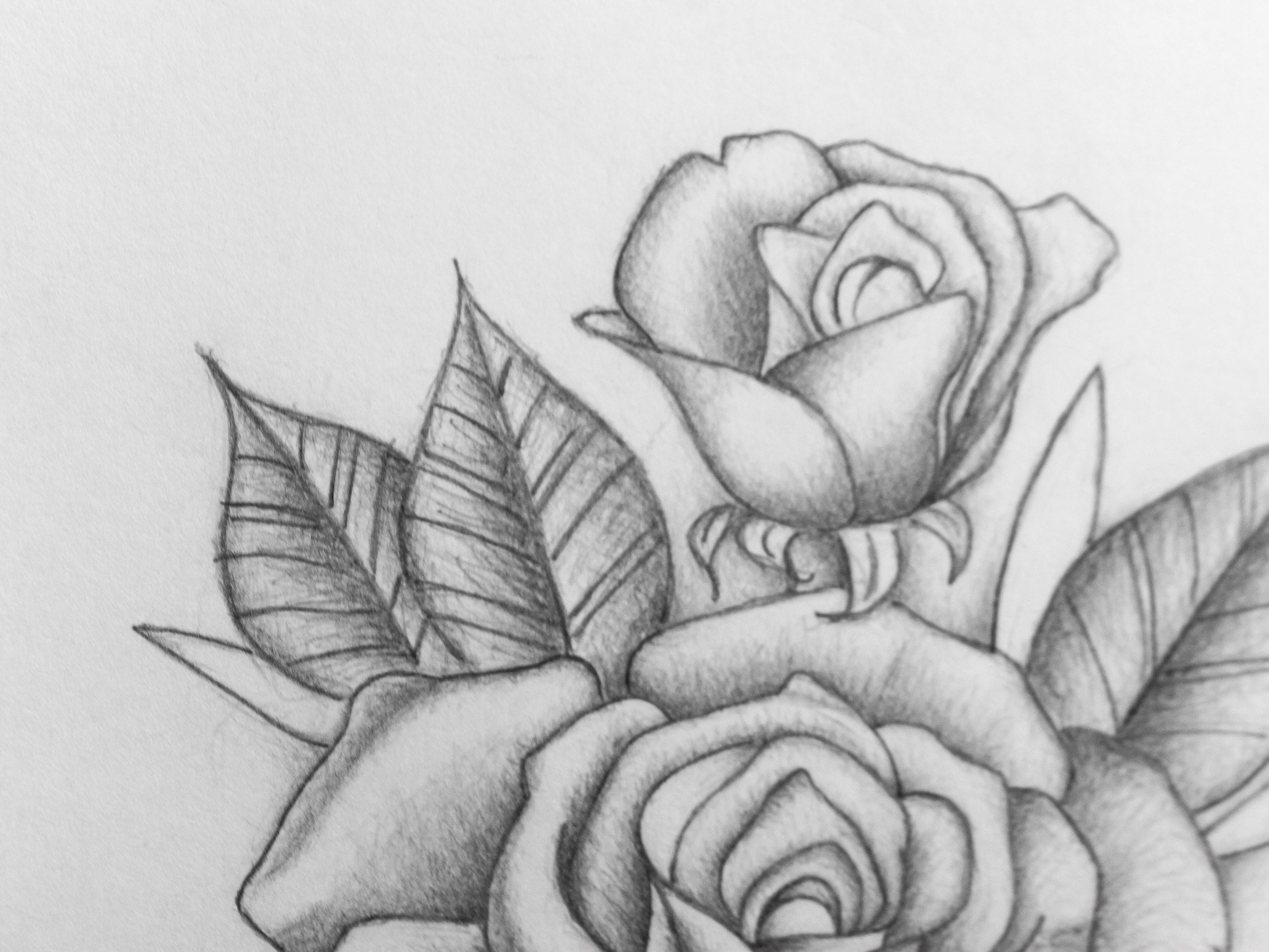

Of course, many wild varieties have also been cultivated these days, so it’s more exact to name them ‘wild-looking’. They’re more traditional, actually, having been used as symbols long before today’s super fancy, many-petalled roses were created. Much less flashy, with fewer petals and more imperfections the dog rose ( Rosa canina) and its relatives are the ancestors of the cultivated varieties. They’re pristine, striking and obvious.īut there’s also that other side of the coin, that we so often forget exists at all, the wild roses. We usually think of roses as expensive flowers, noble, classy, luxurious. But it’s also quite a contrary flower, with its petals and thorns, its wild and cultivated forms. Roses today are, of course, the ultimate symbol of love and passion. Each colour of rose has a different meaning, with pink symbolising happiness, red desire and so on. In that case a small flower was much less conspicuous than an open love letter. Which came especially handy if you were not supposed to court (such as servants). With books about meanings of specific flowers freely accessible it became quite common for men to send their love interest a blossom or two, relaying secret messages. In the UK floriography (the language of flowers) became especially popular in Regency and Victorian times, where expressing one’s feelings openly was just not the done thing to do. And in most cases it will be a pleasant one.įlowers as a form of communication have been used for many hundreds of years.
ROSE DRAWING HOW TO
In this drawing guide, we tried to show how to draw a rose in the simplest and most accessible form, getting the most realistic result.Be that as it may, almost everyone here has some sort of memory related to roses. That is why it is the subject of close attention from artists around the world. Rose is the most beautiful and elegant flower, the appearance of which is familiar to everyone. It was the drawing lesson about how to draw a rose step by step. We hope the tutorial was interesting and helpful for you. In this step-by-step instruction, our team showed the most basic principles of drawing these beautiful flowers, and using the knowledge and tricks from this guide you will be able to draw a variety of roses.Īlso, you can depict the roses from different viewpoints, using photos and real roses. This will greatly enhance your ability to draw a rose. The most convex parts of the bud should be the lightest.Īt this step just add some shadows to the leaves and stem. Try to achieve maximum smoothness and lightness of the shadows. Note that the spikes should be pointing straight up. The outline of the stem should be clear and dark.ĭraw the veins on the leaves. Add some shadows to the rosebud. Add hatching to areas hidden from light. Using z-shaped lines create the edges of leaves. If you are drawing a special flower, you can skip this step.Īdd thorns to the stem. As you can see, leaves should not be strictly symmetrical. Using smooth and curved lines draw the leaves. Thicken the stem as in our example. Note, that the stem does not have to be straight. The stalk may taper slightly and expand in different points. We mean the place where the smooth narrowing is localized.Įrase the guidelines. Circle the lines to make them smooth and clean. Under the rosebud draw the sepals (leaves). Now make the rosebud sleeker, slightly changing the shape of its edges. It looks like the “waist” of a flower. They should be the largest on the bud and frame the remaining petals. Note, that the each next petal should be larger than previous. In this step we will draw the outermost petals. This part is located below and little right.Ĭontinue adding petals as in our example.

Using curved lines continue drawing petals. Each subsequent petal should slightly cover the previous one. You can use as a guideline the largest part of the petal that looks like a triangle. These petals around the center of the rose bud should also be very small and neat. Start to draw the petals from the center, as in our example. Now at the top of the oval draw a shape similar to the comma, which would become the center of the rosebud. If you do not want to draw a fully blooming flower, you should draw this shape very small.


 0 kommentar(er)
0 kommentar(er)
